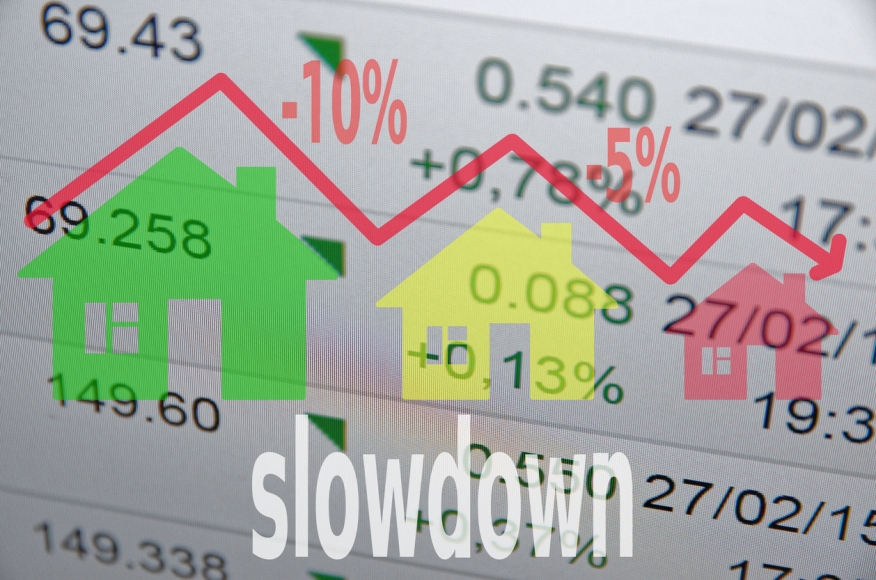
Mortgage Payments Grow, But The Market Shows Signs Of Slowing

Internal data from The Bank of America Institute shows signs that the housing market is slowing down.
- Bank of America total payments grew 10% year-over-year in September.
- New and existing single-family home sales have also been falling this year.
- 34% of U.S. households are currently renting and median rent payments increased 8.1% year-over-year.
- High valuations and rising mortgage rates are weighing on affordability, particularly for new buyers.
It’s no surprise that consumer payments are continuing to grow given the dramatic interest rate hikes, but internal data from The Bank of America Institute shows signs that the housing market is slowing down.
Bank of America total payments grew 10% year-over-year in September, offering a holistic view of money flow — which includes credit card, debit card, ACH (automated clearing house), wire transfers, bill pay, person-to-person, cash, and checks.
The year-over-year growth rate in wire payments to escrow and title companies, however, has been slowing, and it turned negative in 2022. These payments are typically used to pay deposits ahead of closing a housing sale. This decline is consistent with the pattern observed in new and existing single-family home sales, which have also been falling this year, according to U.S. Census Bureau data.
So, what indicators are there of a housing slowdown? High valuations and rising mortgage rates are weighing on affordability, particularly for new buyers. Median mortgage payments for Bank of America customers rose 8.8% in September. Yet, a large number of existing borrowers are under a fixed-rate mortgage, sheltering them from rising rates. This may mean that consumer spending will not be immediately impacted by a deteriorating housing market.
Then again, roughly 34% of U.S. households are currently renting, and median rent payments across ACH, debit/credit cards, and bill payments for Bank of America customers increased 8.1% year-over-year.
"Overall, our internal data underscored that the consumer is still spending, despite continued inflationary pressures," said David Tinsley, senior economist for the Bank of America Institute. "However, we're seeing signs of a slowdown in the housing market, which is likely a reflection of high valuations and rising mortgage rates. The result is weighing on affordability particularly for new buyers, forcing some into the rental market, which then creates further upside pressure on rent prices."
Other highlights from the report:
- Total credit and debit card spending, which makes up over 20% of total payments, was up 9% year-over-year in September.
- Card spending per household increased by 4.4% year-over-year, down from 5% in August. (Some of this monthly decrease can be attributed to Hurricane Ian; it appears "real inflation-adjusted spending" continues to be under pressure, with U.S. Consumer Price Index inflation at 8.3% in August and Personal Consumer Expenditure inflation at 6.2%.)
- Travel demand, especially international travel, remains strong even as the summer peak passes. For the 21 days post-Labor Day, aggregated point-of-sale (in-person) Bank of America credit and debit card spending in foreign countries was up 29% compared with the same period in 2019.




